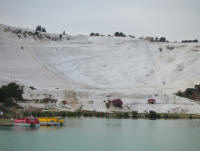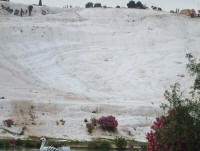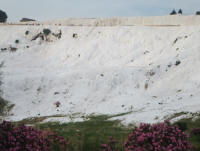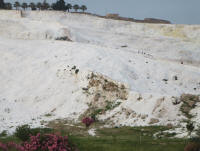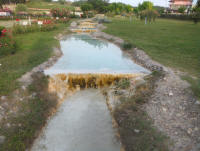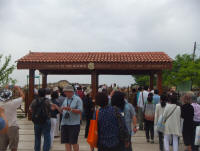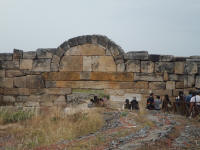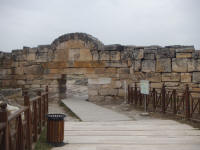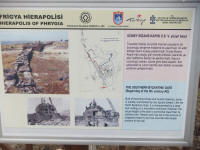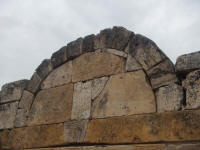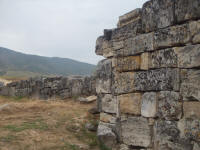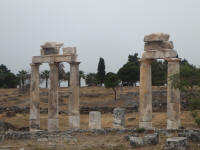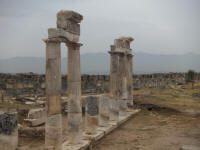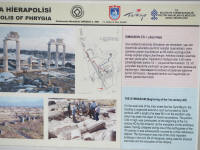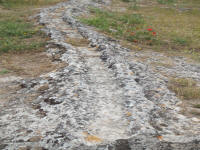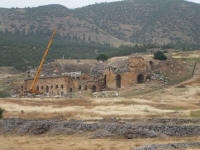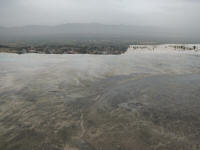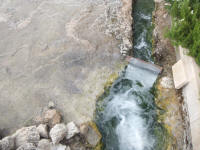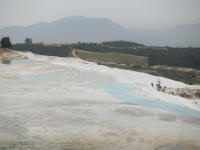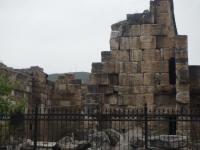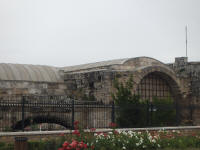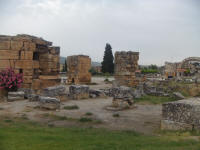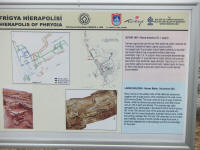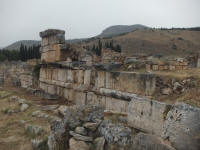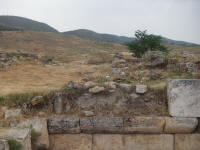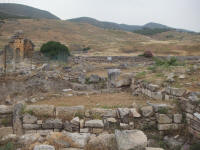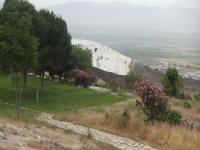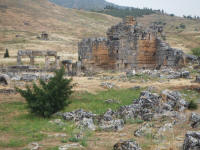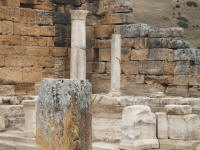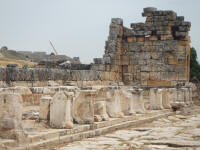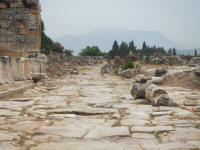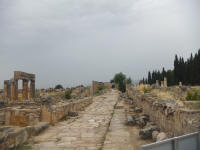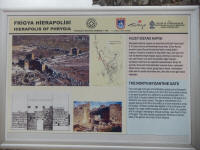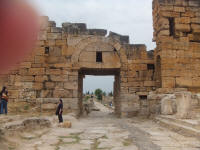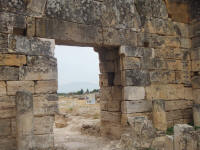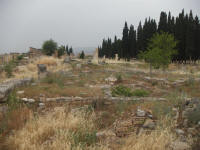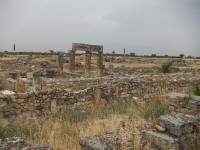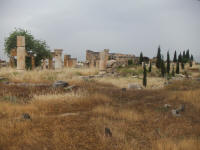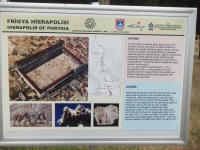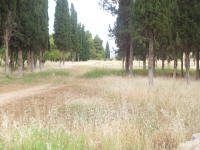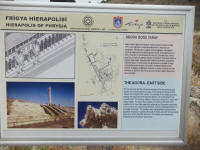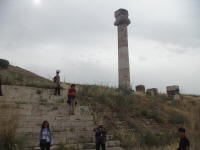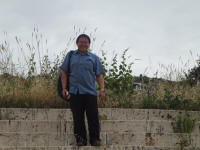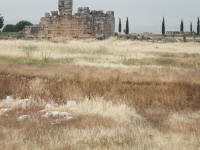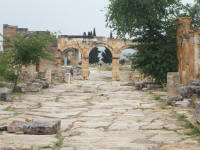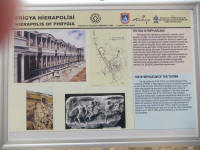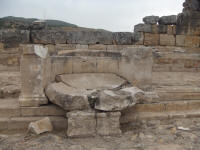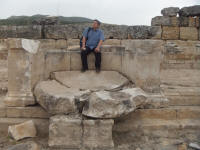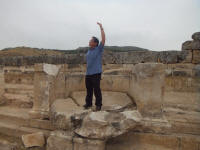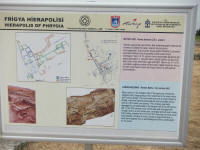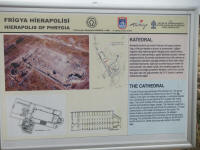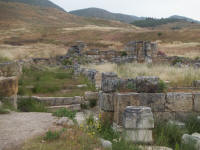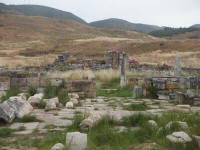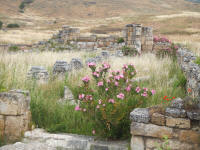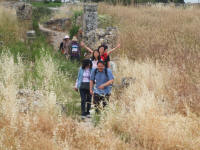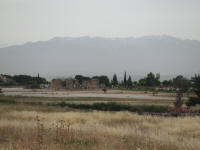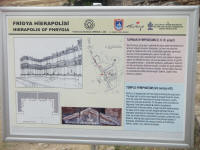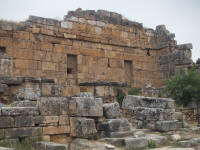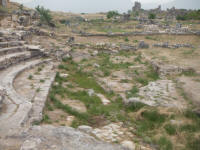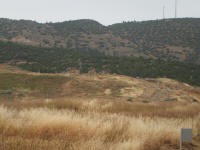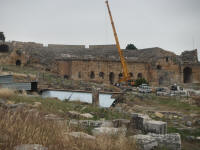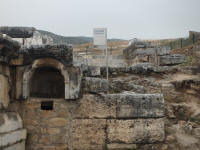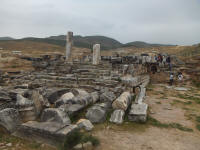
Alex Tang
Articles
- General
- Theology
- Paul
- Karl Barth
- Spiritual Formation
- Christian Education
- Spiritual Direction
- Spirituality
- Worship
- Church
- Parenting
- Medical
- Bioethics
- Books Reviews
- Videos
- Audios
- PhD dissertation
Spiritual writing
- e-Reflections
- Devotions
- The Abba Ah Beng Chronicles
- Bible Lands
- Conversations with my granddaughter
- Conversations with my grandson
- Poems
- Prayers
Nurturing/ Teaching Courses
- Sermons
- Beginning Christian Life Studies
- The Apostles' Creed
- Child Health and Nutrition
- Biomedical Ethics
- Spiritual Direction
- Spiritual Formation
- Spiritual formation communities
- Retreats
Engaging Culture
- Bioethics
- Glocalisation
- Books and Reading
- A Writing Life
- Star Trek
- Science Fiction
- Comics
- Movies
- Gaming
- Photography
- The End is Near
My Notebook
My blogs
- Spiritual Formation on the Run
- Random Musings from a Doctor's Chair
- Random Sermons from a Doctor's Chair
- Random Writings from a Doctor's Chair
- Random Spirituality from a Doctor's Chair
Books Recommendation
---------------------
Medical Students /Paediatric notes
Hierapolis
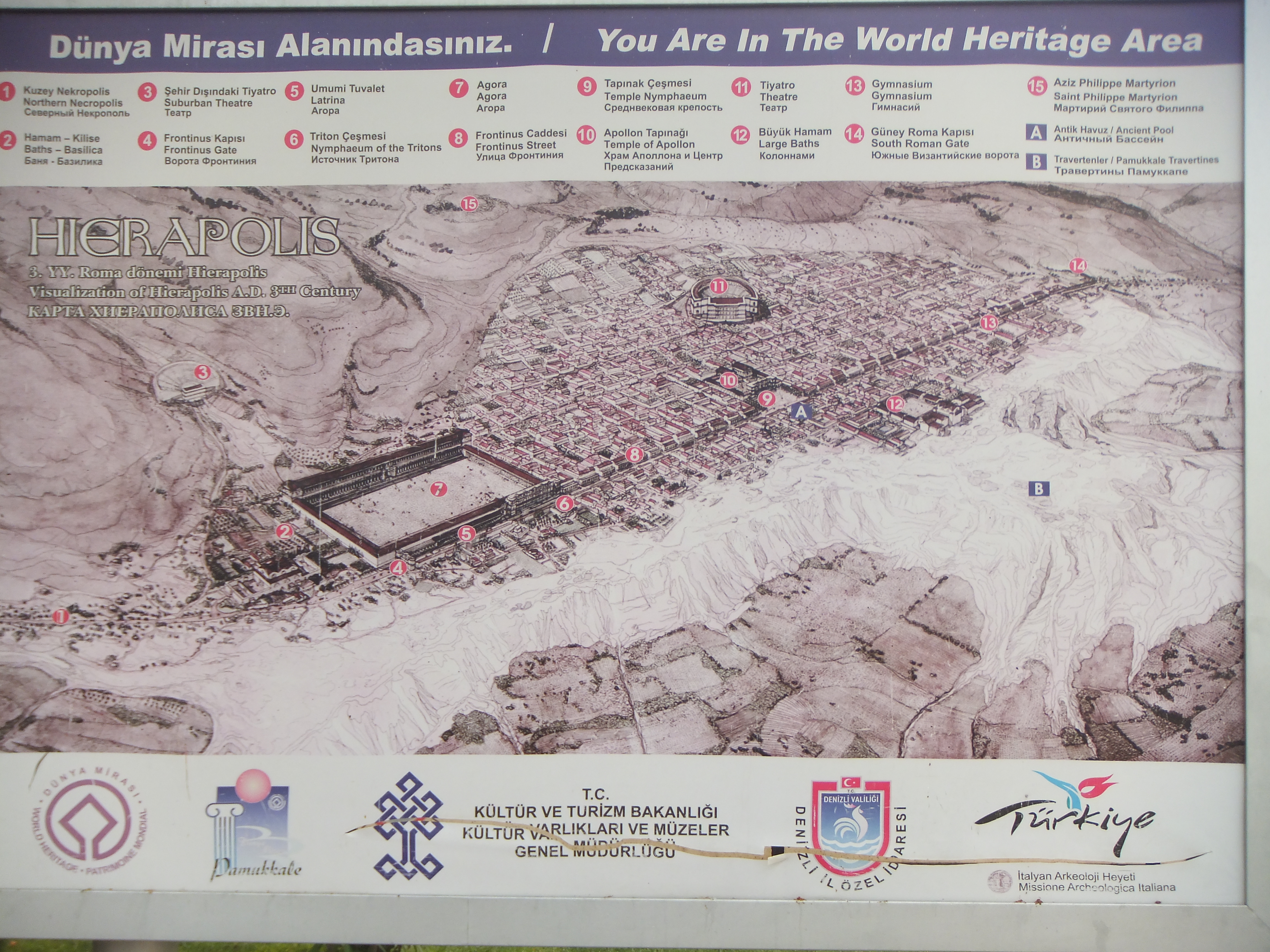
Hierapolis (modern Pamukkale), together with Colossae and Laodicea formed three major cities in the Lycus River Valley. The only mention of Hierapolis in the Bible was in Colossians 4:12-13. Epaphras, a native of Colossae was mentioned by Paul:
12 Epaphras, who is one of you and a servant of Christ Jesus, sends greetings. He is always wrestling in prayer for you, that you may stand firm in all the will of God, mature and fully assured. 13 I vouch for him that he is working hard for you and for those at Laodicea and Hierapolis.(NIV)
While there is not much historical data on Epaphras, it is likely that he started churches in the Lycus River Valley including in Hierapolis itself.
The most prominent feature of Hierapolis are the white limestone cliffs which are visible from a long distance. These white cliffs are called cotton castle or Pamukkale which gives the modern town its name. It has been designated as one of UNESCO's World Heritage site.

There is a park at the bottom of the cliffs.
|
|
|
|
|
|
The ancient city of Hierapolis was associated with Philip. However no one was sure whether it is Philip the Evangelist or Philip the apostle, one of the twelve disciples of Jesus. Philip the Evangelist was one of the seven men chosen to help the Twelve (Acts 6:1-6)
AC 6:1 In those days when the number of disciples was increasing, the
Grecian Jews among them complained against the Hebraic Jews because their widows
were being overlooked in the daily distribution of food. 2 So the Twelve
gathered all the disciples together and said, "It would not be right for us to
neglect the ministry of the word of God in order to wait on tables. 3 Brothers,
choose seven men from among you who are known to be full of the Spirit and
wisdom. We will turn this responsibility over to them 4 and will give our
attention to prayer and the ministry of the word."
AC 6:5 This proposal pleased the whole group. They chose Stephen, a man full of
faith and of the Holy Spirit; also Philip, Procorus, Nicanor, Timon,
Parmenas, and Nicolas from Antioch, a convert to Judaism. 6 They presented these
men to the apostles, who prayed and laid their hands on them.
This Philip is known to have four virgin daughters who were also prophets (Acts 21:8-9).
8 Leaving the next day, we reached Caesarea and stayed at the house of
Philip the evangelist, one of the Seven. 9 He had four unmarried daughters who
prophesied.
There are traditions that this Philip was buried in Hierapolis along with his four virgin daughters. However there are other traditions to indicate that the Philip buried in Hierapolis was one of the Twelve. This Philip the Apostle was martyred by being hung upside down by his ankles from a tree. A martyrion to Philip the Apostle was erected in Hierapolis.
There are many Greco-Roman, Byzantine and medieval ruins at the archaeological site of Hierapolis.
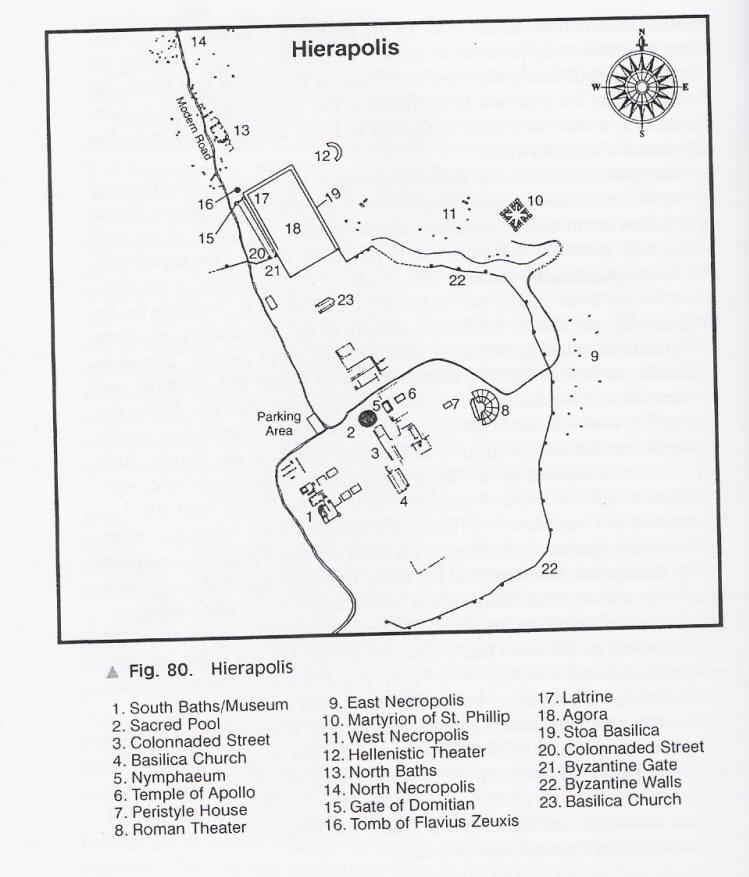
The above map was scanned from Fant & Reddish, A guide to
Biblical sites in Greece and Turkey, 210
(please click on thumbnails to enlarge photos)
Headlines from the Daily Mail (UK) Apr 2, 2013 on the discovery of the Plutonium
Is this the Gate of Hell? Archaeologists say temple doorway belching noxious gas matches ancient accounts of 'portal to the underworld'
- Site in ancient city of Hierapolis, now Pamukkale in southwestern Turkey
- Matches historical
descriptions of what was thought be entrance to hell
- Birds flying past are
killed by noxious gasses emanating from the doorway
- Inscriptions on temple columns are dedications to gods of the underworld
more on Bible Lands
